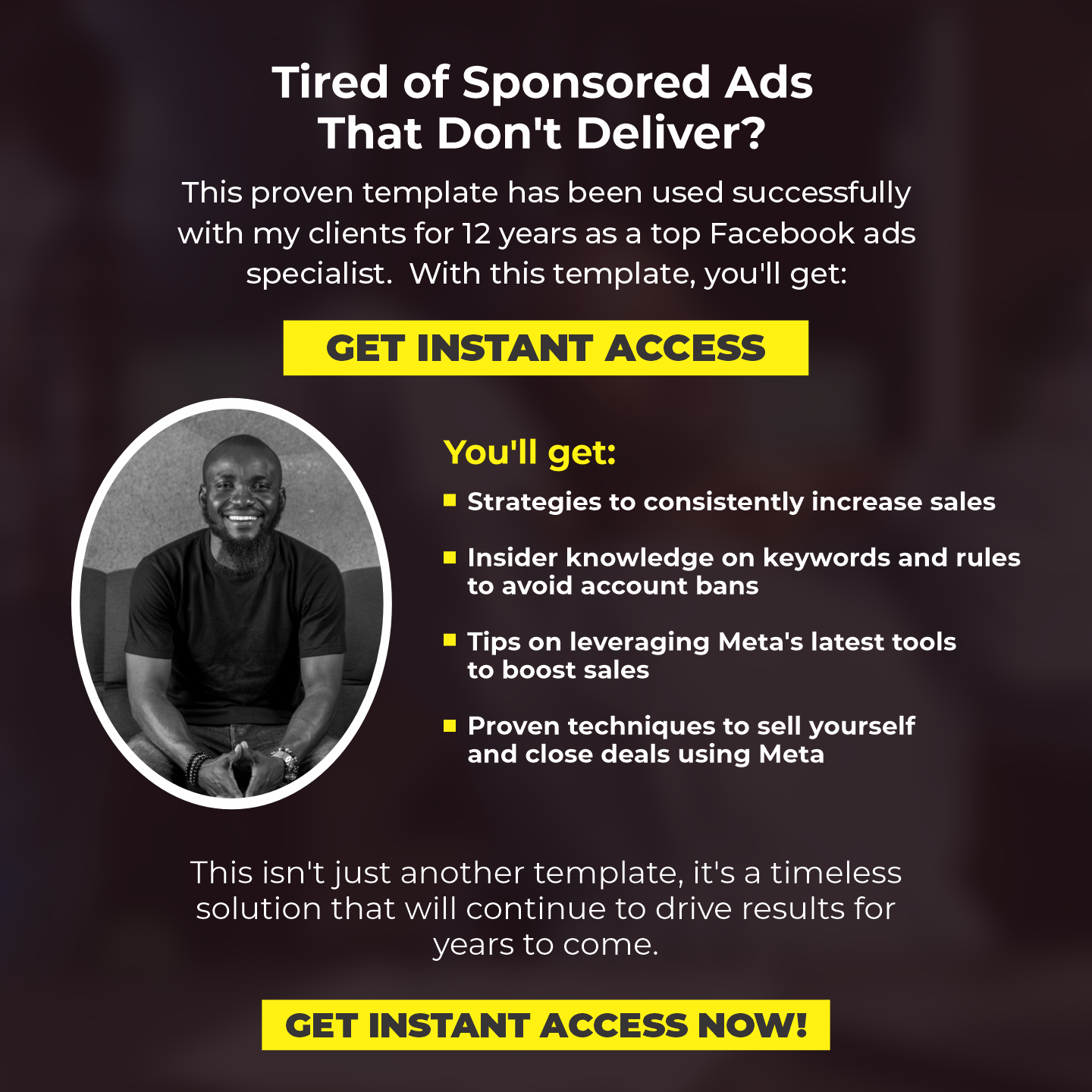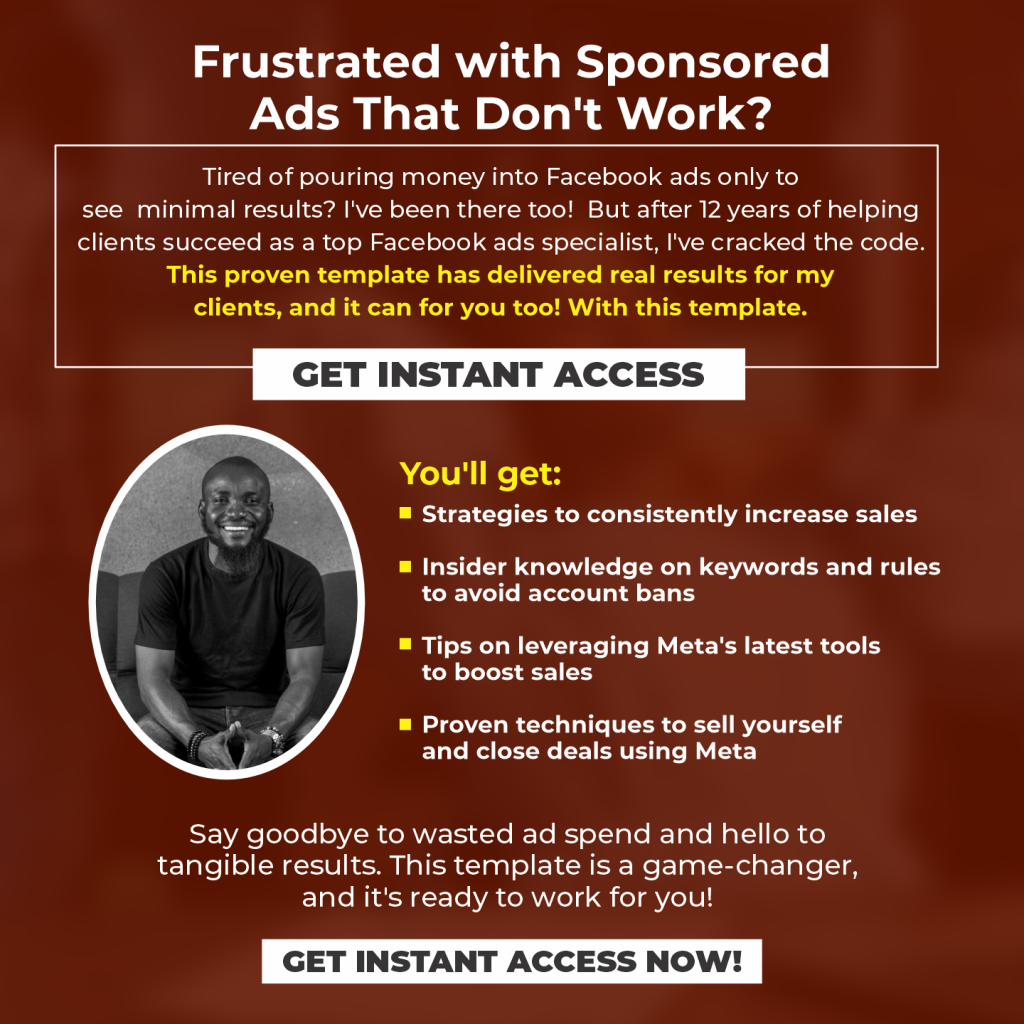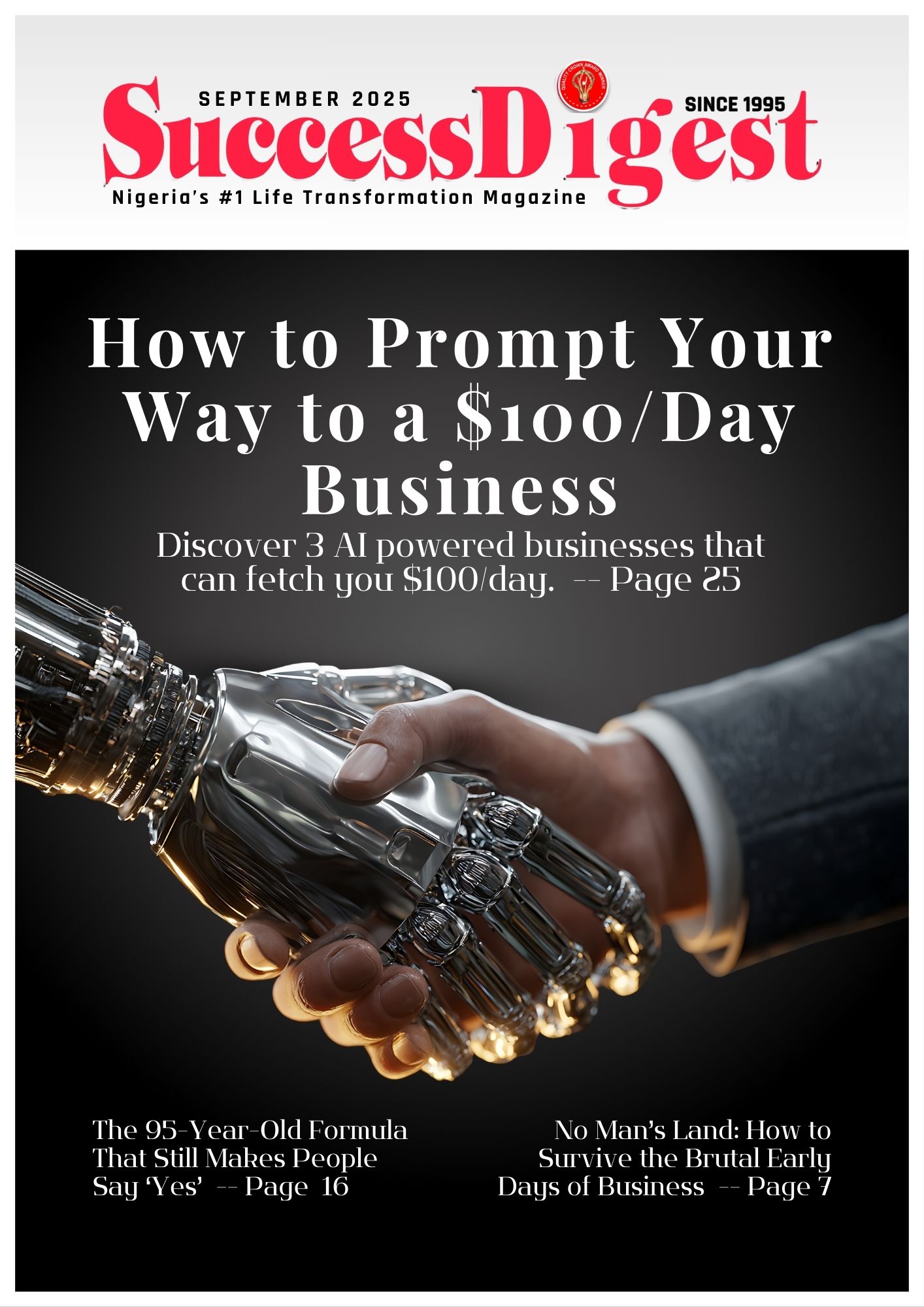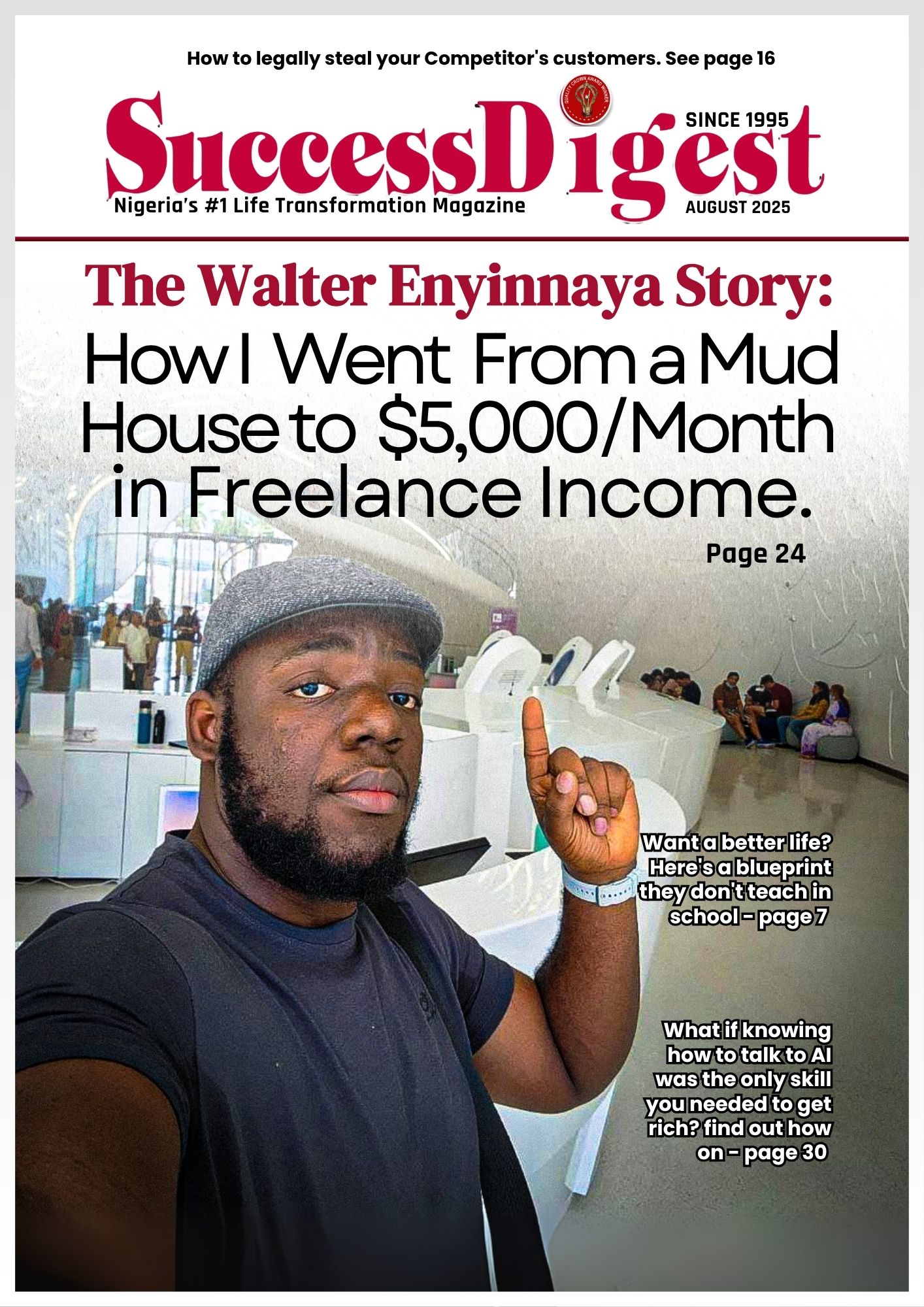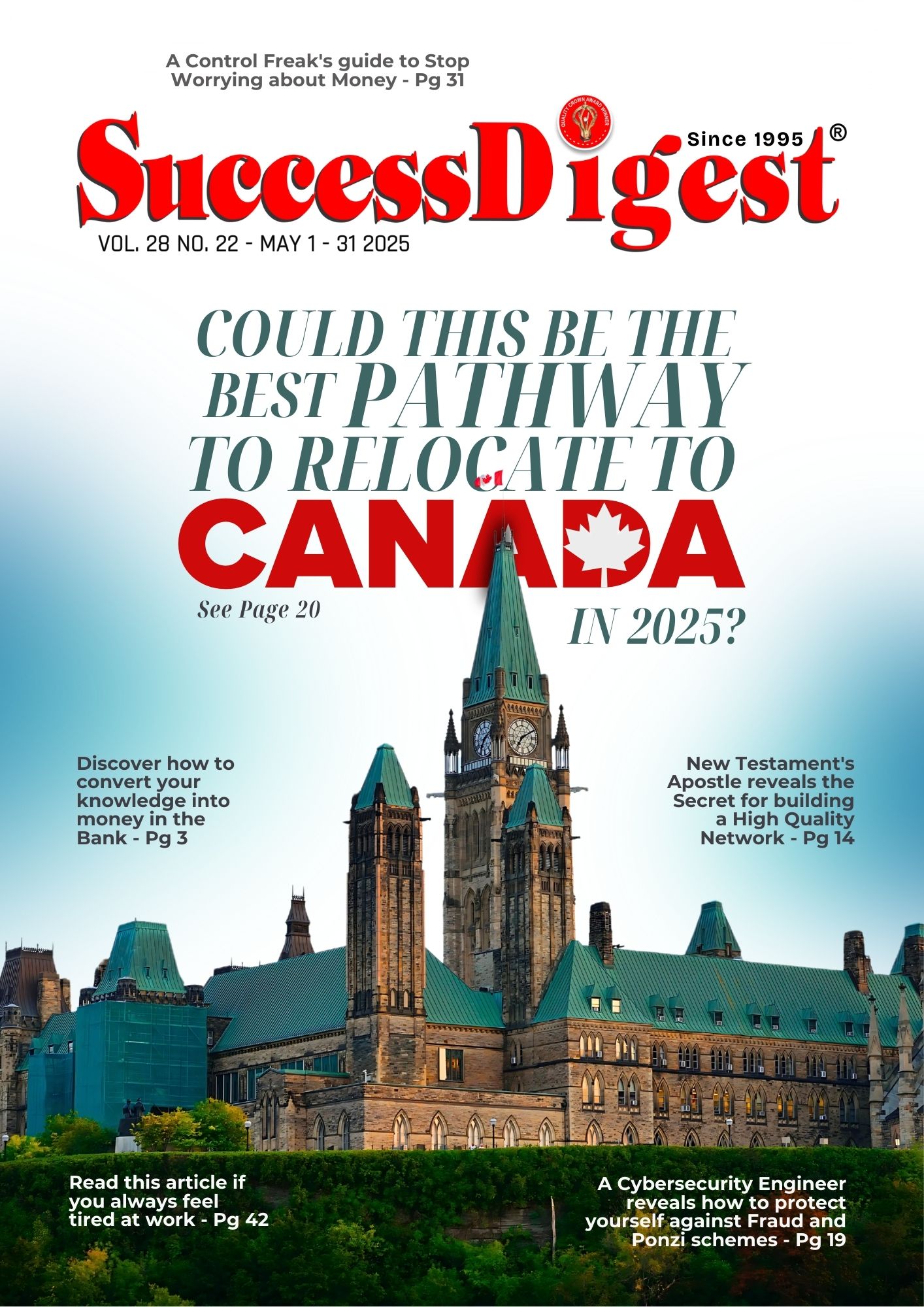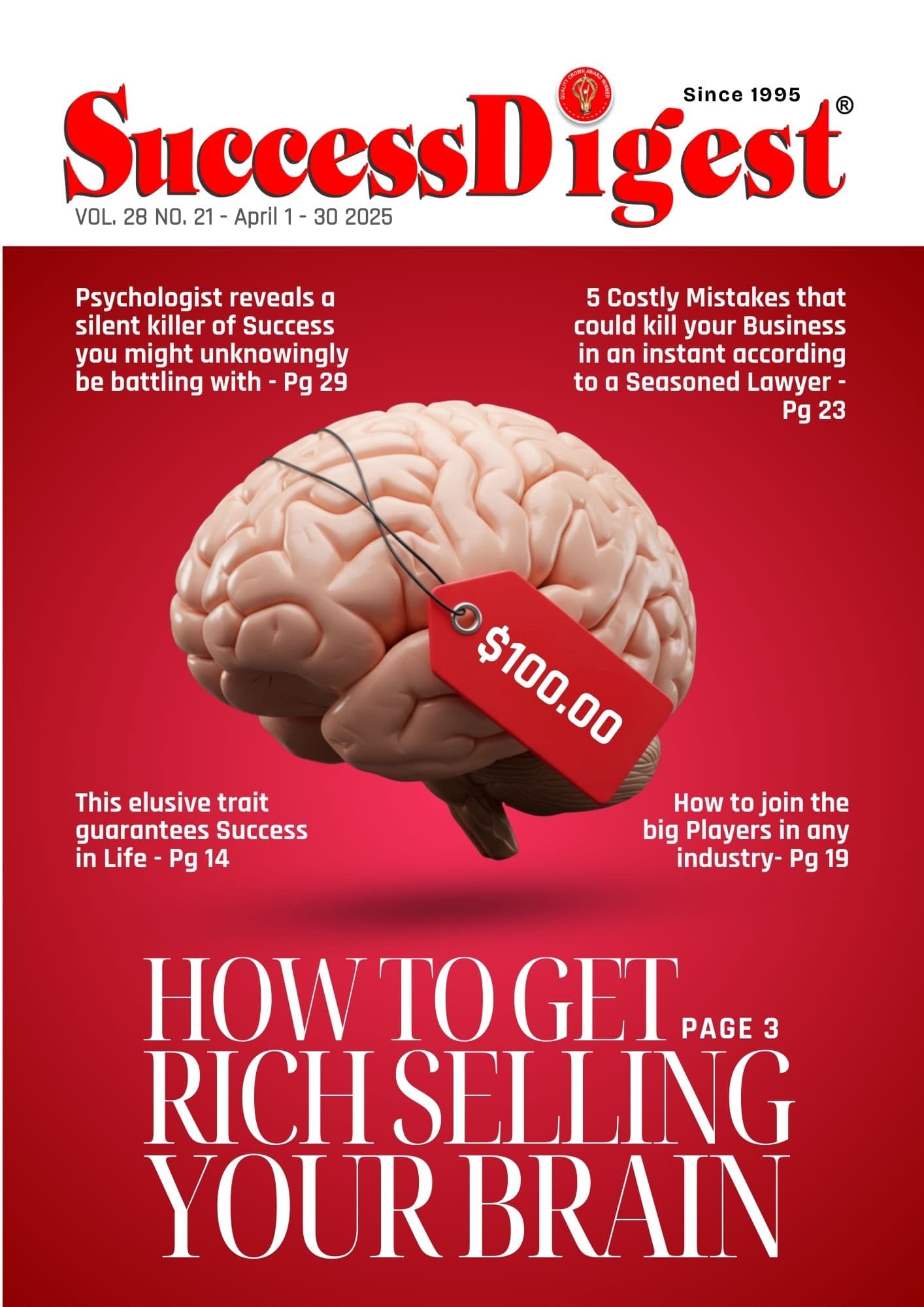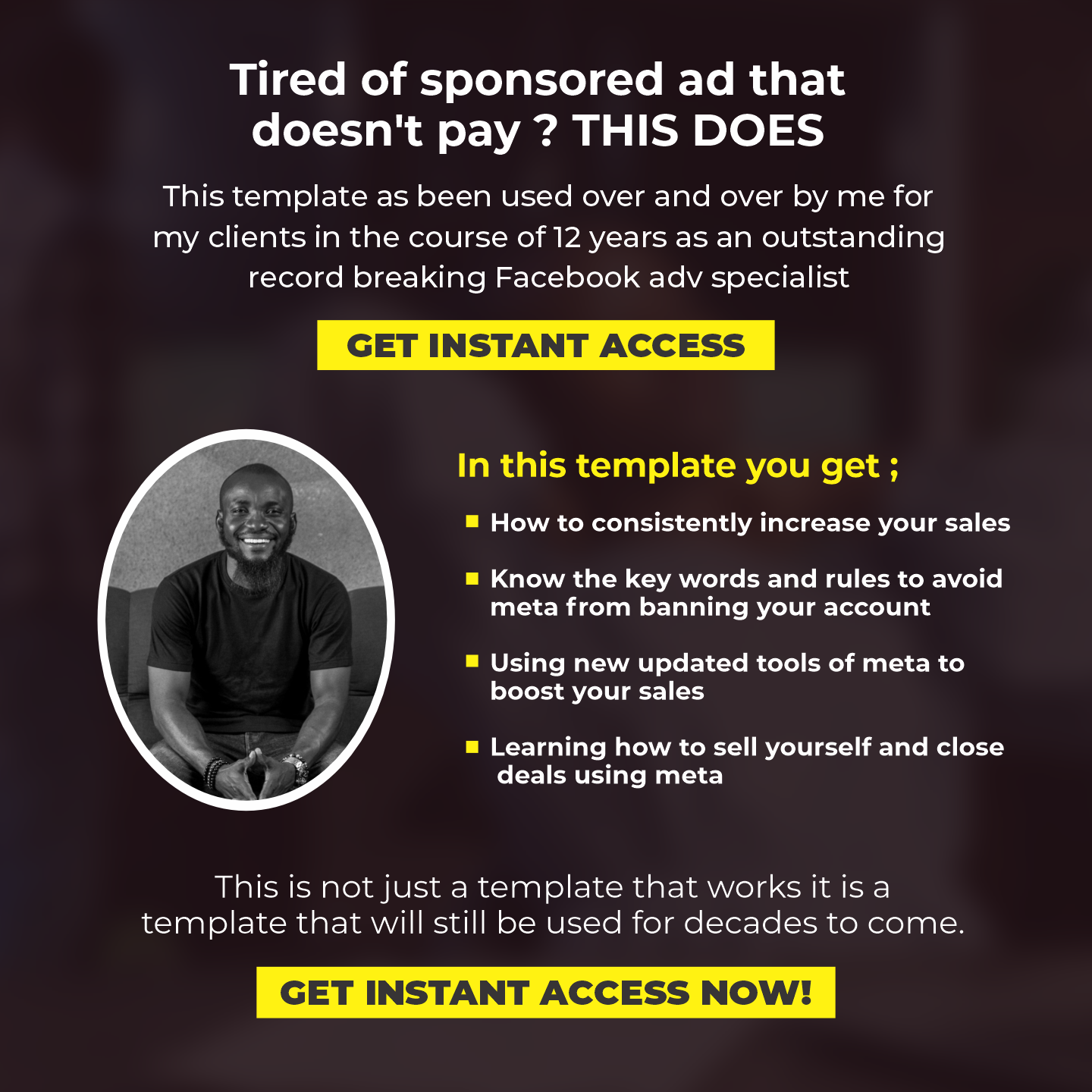By now, I’m sure that it would have crossed your mind a couple of times that the Invisible Paymaster is not so invisible after all. It would’ve occurred to you that the only thing invisible about it is the ‘hard work’ that you put in, in the background, that many don’t see and that made them draw the wrong conclusion that there is a benign entity that just fills your bank account with raw cash without you rendering quality service or selling valuable products.
Such a benign being does not exist. The raw cash in your bank is generated by the operation of a system that you mastered and implemented. And such systems are mostly disguised in an ‘overall’ with ‘hard work’ emblazoned on it. That is what most people see and they step back from it.

In order to encourage you to engage the hard work so that you can get the result that you desire, a deliberate attempt is made by someone who cares about you, like me, to hide that work clothing or, at least, cover the ‘hard work’ that is written boldly on it and that is exactly what I’ve done so far since I started writing this series.
I’m positive that many of the people who started reading the series excitedly when I started it would’ve abandoned the exercise by now. They would’ve tuned off as I went deeper and deeper into what it takes to get that cash to really start flowing into their bank accounts.
If you are fortunate, and I still have your attention, then listen to me carefully as I teach you, step-by-step, how effective Irresistible Offers [IOs] are crafted.
Last week, I told you that certain elements must be in place before you can create IDs. Let’s start by identifying these components. The first one is that there must be a demand for the offer—or, at least, it must be desired by the person you are making the offer to.
For example, let’s say you’re selling airtime for one of the GSM networks. And you have a prospect who is deaf and dumb. Your effort to turn that prospect into a customer will end up in dismal failure. Why? Because your offer is of no value to that prospect no matter how irresistible you try to make it.
But consider a situation where the same prospect, even though deaf and dumb, is out looking for a network whose airtime pricing is more economical. This prospect wants to present the airtime [recharge card] as a gift to someone he cares about.
What do you think will happen if he comes across your irresistible offer? He will jump at it. The desire for that product was there. He was already in the market for precisely that type of offer. So you presenting it to him makes buying it from you easy.
Let’s look at another critical IO element. This one is called Risk Removal. Every shopper whether they know it or not, is taking a risk with their money each time they pay for an item, no matter what the item is.

Let me explain. When you go into a shop to buy anything, you are buying it at face value. You’re buying it based on what the manufacturer tells you the product can do for you. Or you’re buying it because your friend tells you it is a good product, or you see someone using it and you like it, and you want to have your own.
Now, when you open your wallet and pay cash for the item or you pull out your chequebook and write the sum for it and hand over the cheque to the shop attendant, what you’ve done is pay for that item on trust that it will work perfectly as the manufacturer promised it would.
But as anyone who has been buying stuff knows, what you pay your hard earned money for doesn’t always deliver on the manufacturer’s or the marketer’s promises. As a matter of fact, some of the goods and services you buy are a complete waste of your money: rubbish!
Now, suppose you’ve had your fingers burnt a number of times. Next time you want to buy anything, you’re more reluctant to part with your money. You will hedge or drag your feet. In fact you’ll do everything you can that helps you to reduce your risk of making that purchase.
But a smart marketer, who wants to have his bank account filled with loads of cash, will step in front of that prospect at the point where he s hesitating to buy, with a risk reversal offer.
A risk reversal offer will say something like: “Mr. Prospect, I know what is going on in your mind. You’ve had your fingers burnt a number of times when you bought stuff and you don’t want to go through such experience again.

“I want you to consider my offer. Buy the stuff. Go and use it for 30 days. If at any time within this 30 days you discover that the product does not do what I [the marketer] or the manufacturer promised, return it to me and I will make a full refund of your money to you. Yes, I’ll assume all the risk of your buying the item from me.”
Pause for a moment and think about that scenario. Let’s assume you’re the one who wants to make that purchase. And the person selling to you says those reassuring words to you. What would you do? Of course, your anxiety will disappear. You’ll say to yourself: “What have I got to lose?” And you will pay for the item.
That is a demonstration of another powerful 10 element. There is a third one. This one adds additional value to an already valuable product or service. It works this way. Your prospect likes your product or service.
In fact, he’s at the point of wanting to pay for it. But then he has to battle with the limitation force everyone has to deal with when the money you have could not buy all the items you want and you have to make a choice.
In the prospect’s head, a debate is going on.
“If I pay for this item,” he reasons, “I’ll have two thousand naira left. And I still have to buy item ‘A‘ which costs a thousand and five hundred naira and item ‘B‘ which goes for seven hundred and fifty naira. No, I can’t afford not to buy these other items. I’d better not pay for this item.”
At that very moment, the smart marketer who understands the secret of how the Invisible Paymaster fills diligent marketers’ ban accounts, will interrupt the conversation going on in the prospect’s head and say:
“Guess what, Mr. Prospect? If you buy the product now 0 within the hour, I will give you an extra 15 minutes airtime just for patronizing me.”
Remember, the deaf and dumb who was shopping for airtime as a gift for a friend? What do you think he would do if, in addition to an offer that he already considered to be good, he’s told he could have an additional 15 minutes airtime free?

Of course, he would jump at it. He would set aside all the other considerations and grab this offer because it has become irresistible. He would be crazy to miss the opportunity of showing his friend how much he loved him by getting extended air time which costs him almost next to nothing.
A smarter marketer will even sweeten the deal by throwing in flexible payment options jus to ensure that the Invisible Paymaster has enough good reason to send cheques to his bank account.
He achieves this by saying to the prospect that he could spread the payment for his purchase over several installments if what he’ selling is a high ticket item and he has a guarantee that he can get his money without hassle.
This is what happens when a marketer tells you to make an initial payment down and spread the balance over two, three or as many months as he considers he could afford to wait before getting all his money back.
Also Read: Motivation Is Not Enough


